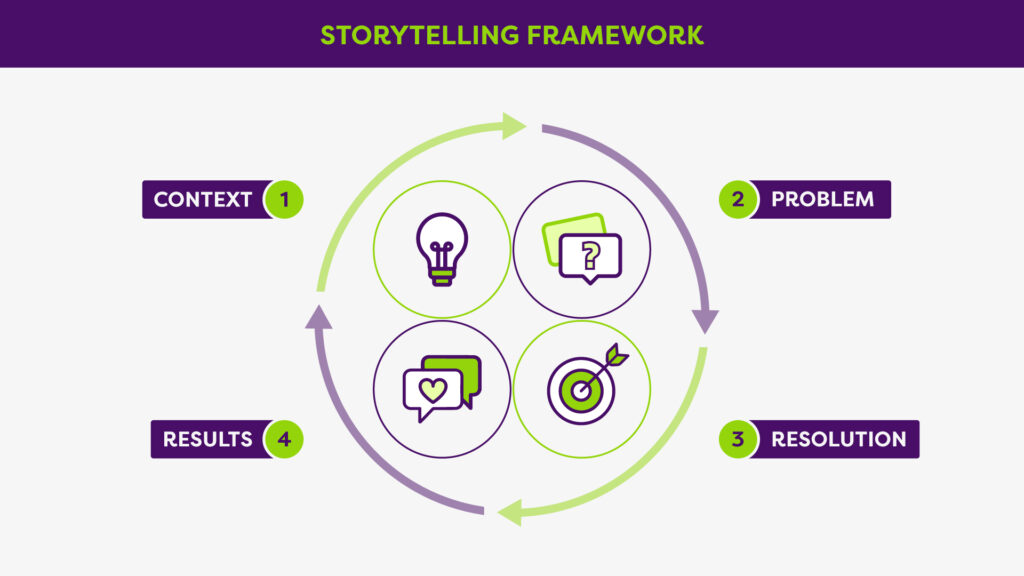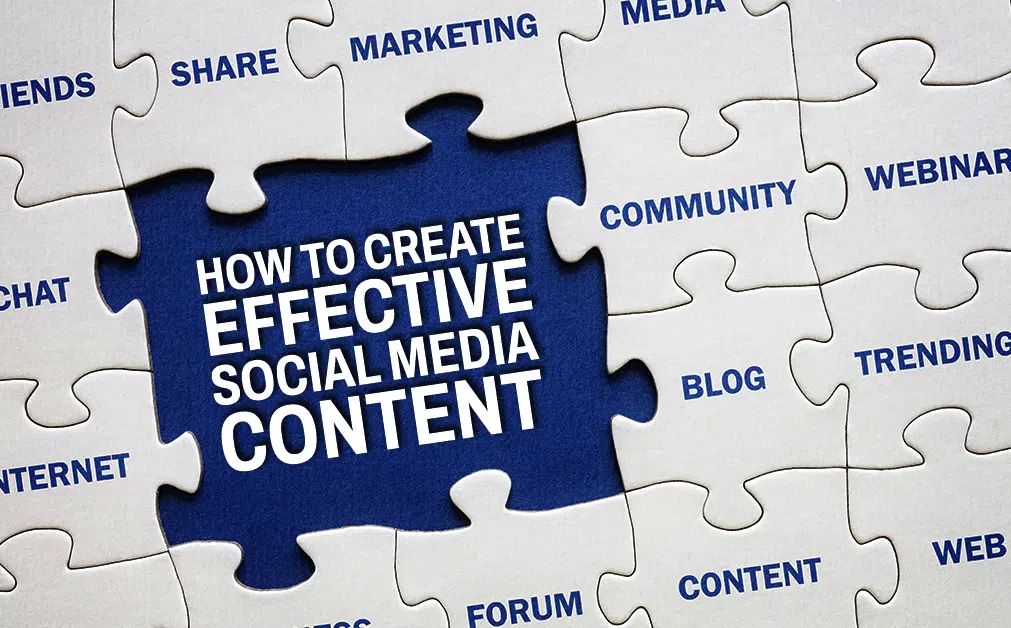Introduction
Feel like social media content has become another overwhelming item on your never-ending to-do list? You’re not alone. Many business owners know they need to post but struggle with what to say, how often to say it, and how to create content that actually connects.
Here’s the good news: with a clear strategy, the right tools, and a bit of partnership (with humans and technology), you can create content that doesn’t just fill a feed – it builds trust, authority and business growth.
Good content is strategic. Let’s break down exactly how to create it.
Table of Contents
- Why Social Media Content Matters
- Key Elements of Great Social Media Content
- AI and Content Creation: Your Collaborative Assistant
- Crafting Better AI Prompts
- Formats That Drive Engagement
Visuals: The Silent Storytellers - Storytelling: Turning Followers into Advocates
- Common Pitfalls and How to Avoid Them
- Building a Sustainable Content Creation Process
- Measuring What Matters
- Conclusion
- FAQs
Why Social Media Content Matters
Your social media content shouldn’t be just noise. It should be how your business speaks to the world.
Done well, social content:
- Strengthens your brand voice
- Educates and informs your audience
- Showcases your expertise
- Builds trust and loyalty over time
- Drives engagement and, ultimately, action
Inconsistent or uninspired content? It weakens your authority and makes it easier for competitors to claim your space.
Takeaway Tip: Before you write a single post, be clear on how your social media supports your wider business goals.
Key Elements of Great Social Media Content
HubSpot and Hootsuite both emphasise that effective content must be clear, relevant, and tailored to each platform.
- Audience Relevance: Know exactly who you’re speaking to. Their challenges, goals and the language they use.
- Clarity of Message: No jargon. No fluff. Just clear, value-packed messaging.
- Consistency: Random posting leads to random results. Commit to a frequency you can sustain.
- Value First: Each post should answer: what will my audience learn, feel, or gain from this?
- Visual Appeal: Content is often seen before it’s read. Your visuals must work as hard as your words.
- Platform Fit: Tailor posts to feel native on each platform. A LinkedIn post should not look like an Instagram caption.
Action Step: Audit your last 10 posts. Do they tick these boxes?

AI and Content Creation: Your Collaborative Assistant
AI can be a fantastic assistant – but it should never replace your brand’s human voice.
Here’s what AI does well:
- Drafting ideas and outlines
- Spotting trends
- Recommending hashtags and post times
- Checking readability and SEO basics
Here’s what AI can’t do that only you (or your trusted marketing partner) can do:
- Introduce emotional intelligence into your content
- Blend in elements of empathy and personalisation
- Bring your brand’s unique tone and values to life
- Understand the emotional drivers of your audience
- Create authentic storytelling based on ‘real’ examples
The more context you provide, the better the result.
Pro Tip: Use AI to speed up content creation, but always review and personalise the output.
Learn more about AI in content creation.
Prompting Frameworks to Maximise AI Effectiveness
To get the most out of AI, you need more than just simple questions – you need to provide structure. That’s where prompting frameworks can make a huge difference.
Here are a few models you can use:
R-T-F
- Act as a [ROLE]
- Create a [TASK]
- Show as [FORMAT]
T-A-G
- Define the [TASK]
- State the [ACTION]
- Clarify the [GOAL]
B-A-B
- Explain Problem [BEFORE]
- State Outcome [AFTER]
- Ask to [BRIDGE]
C-A-R-E
- Give the [CONTEXT]
- Describe [ACTION]
- Clarify the [RESULT]
- Give the [EXAMPLE]
R-I-S-E
- Specify the [ROLE]
- Describe [INPUT]
- Ask for [STEPS]
- Describe the [EXPECTATION]
Whichever model you use, do it well and do it consistently.
Formats That Drive Engagement
Good content is strategic. It serves both the platform and the audience.
Mix up your formats to maintain interest and deliver value through:
- Educational posts
- Behind-the-scenes content
- Testimonials and case studies
- Polls and quizzes
- Short-form video
- User-generated content
- Interactive carousels
See Mailchimp’s guide to top-performing formats.
Action Step: Map out 3 – 4 core content formats that align with your content pillars and your audience’s preferences.
Visuals: The Silent Storytellers
Your visuals communicate professionalism, trustworthiness, and creativity – often before a single word is read.
Best practices:
- Clean, uncluttered designs
- Consistent colours, fonts and tone
- Platform-optimised dimensions
- Images and graphics that support (not distract from) the message
Takeaway Tip: Create a simple visual style guide to ensure brand consistency across all social posts.

Storytelling: Turning Followers into Advocates
Storytelling humanises your brand and helps your audience see themselves in your content.
Effective stories:
- Follow a structure (Context → Problem → Resolution → Results)
- Use relatable language and an authentic voice
- Highlight transformation and success
Real Example: Instead of ‘We increased a client’s followers by 500%,’ tell the story of how strategic content helped a time-poor business owner grow their online presence and attract higher-quality leads.
Action Step: Develop 3 – 5 brand stories you can weave into different content formats over time.
Common Pitfalls and How to Avoid Them
Even with the best intentions, businesses often make these mistakes:
❌ Posting without a clear strategy
❌ Only promoting products or services
❌ Inconsistent posting schedule
❌ Ignoring audience engagement
❌ Over-relying on automation
Your audience can tell, so show up with intent.
SocialInsider shares common mistakes and fixes.
Building a Sustainable Content Creation Process
✔ Content Pillars
✔ Batch Creation
✔ Content Calendar
✔ Repurpose Content
✔ Content Bank
Action Step: Block out 2 – 3 hours monthly for content planning and batching.
Measuring What Matters
Likes and follows are vanity metrics.
Real success is measured by:
- Engagement rates
- Click-through rates
- Website traffic from social media
- Leads and sales generated from content
Use Google Analytics or Hootsuite Analytics to track progress.
Pro Tip: Review data monthly and adjust your strategy based on what’s working.
Conclusion
Social media content creation doesn’t need to feel like a constant struggle. With a clear strategy, smart use of tools (including AI), and a commitment to delivering real value, you can create content that informs, inspires, and builds a lasting connection with your audience.
And remember – you don’t have to do it alone. We’re here to partner with you to make your content creation process more effective and less overwhelming.
Get your FREE Marketing Check Up now!
Follow me on LinkedIn
FAQs
1. How often should I post on social media?
Consistency is key. Aim for at least 3 times per week based on your capacity.
2. Can I automate all my social media content?
Automation helps with scheduling but shouldn’t replace real-time engagement and personalisation.
3. Is video content necessary?
Yes. Short-form video often sees the highest engagement across most platforms.
4. How can I ensure AI-generated content stays authentic?
Always review, personalise and add your brand’s tone and expertise.
5. What’s the biggest mistake small businesses make with social media?
Posting without a strategy or a clear understanding of who they’re speaking to and why.
